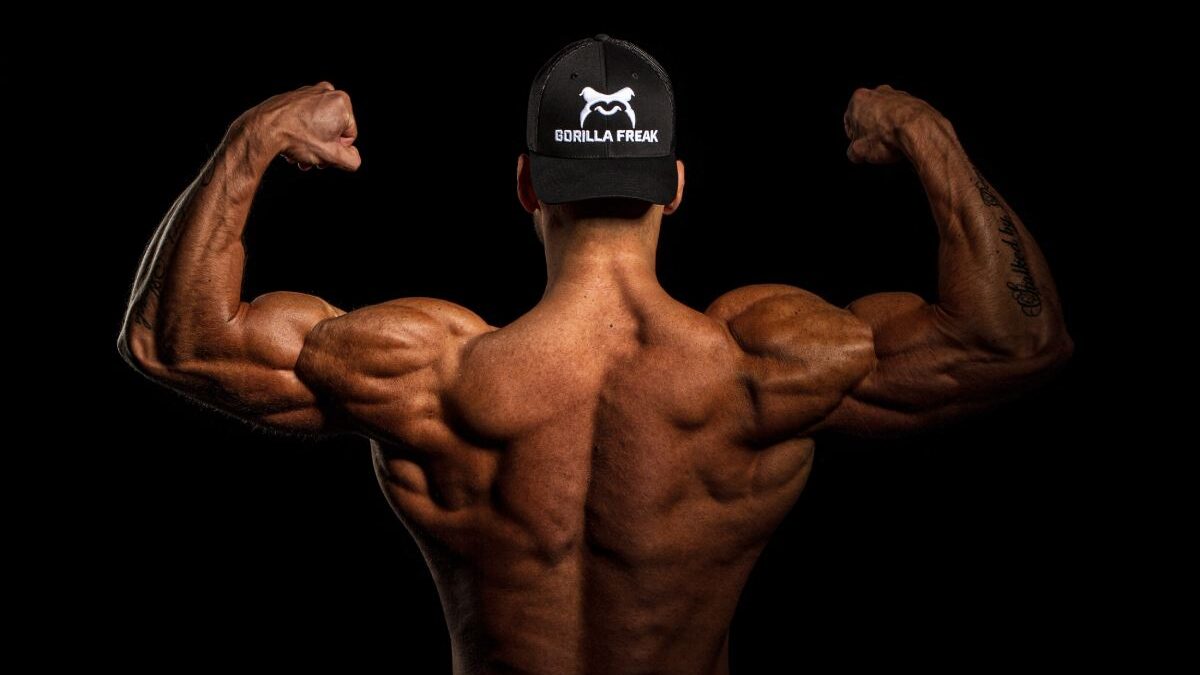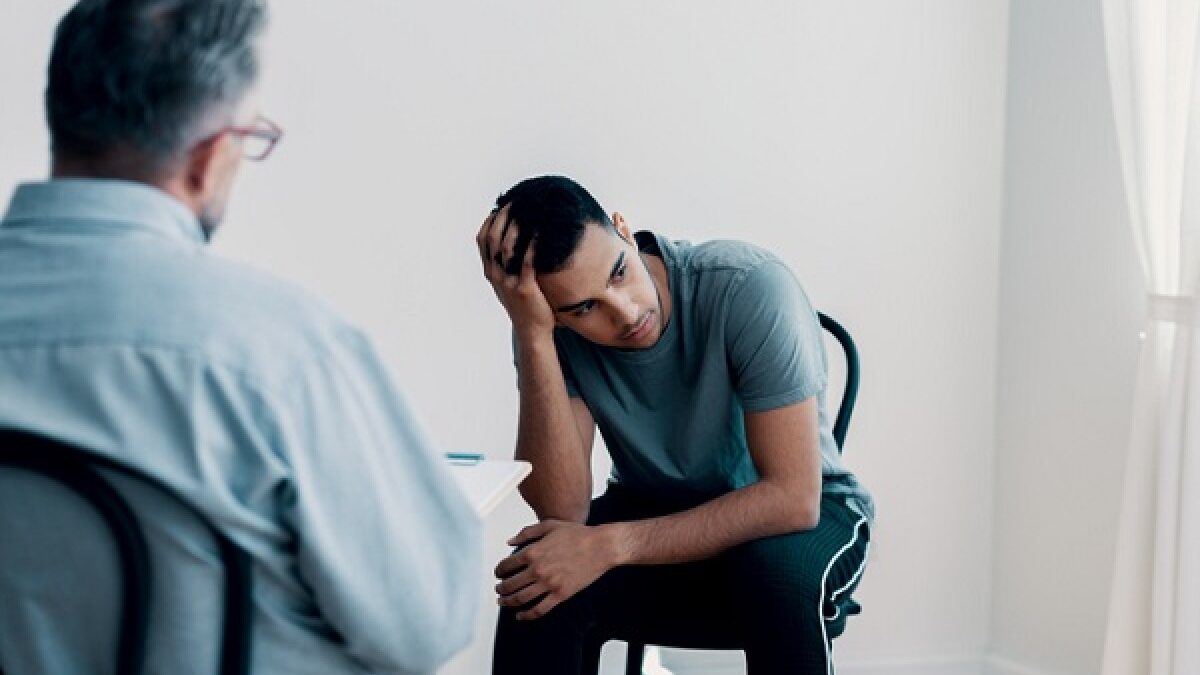
Massages are a therapeutic and relaxing experience. They leave you feeling refreshed, relaxed and satisfied. Massage is beneficial to the body and mind. It can reduce stress, improve posture and reduce aches and discomforts. Being prepared for your first massage can help you feel more relaxed.
Explaining Massage Techniques
Each masaji technique is slightly different. Each massage is unique and the therapist uses specific pressure and motions to target the affected areas. At your first massage, you can expect to see the most common techniques.
Swedish Massage
Swedish massages are among the most popular and common types of massages. They combine light to medium pressure with gliding strokes in order to relieve tension. This massage is especially effective in reducing anxiety and stress. It also helps improve circulation and flexibility.
Deep Tissue Massage
The deep tissue massage is very similar to Swedish massage, but it focuses more on the deeper layers. This type of massage is used to target muscles that are tight, knotted or stiff. This technique is painful but highly effective at relieving tension, tightness and restoring normal range of movement.
Sports Massage
A sports massage is a massage that is tailored to an athlete’s body type and training schedule. This massage uses a combination of long and short strokes as well as pressure and friction in order to reduce pain and inflammation. It can also improve performance, flexibility, and conditioning.
What happens before your first massage?
You should arrive 10 minutes early to complete a health questionnaire. The form provides the therapist information about your health, including any areas of concern that you want them to address. The therapist will ask you additional questions after the health check to learn more about your lifestyle, recent injuries and issues.
Massage Room
The massage therapist will then discuss with you what type of massage they will give you, how much pressure to use, and any preferences you may wish to make. The massage therapist leaves the room so that you can disrobe and move onto the massage bed. Always leave the parts covered by the sheet.
During Your Massage
Your massage therapist may begin your massage by working slowly on the larger muscle groups. They will increase the pressure and perform joint movements while they are at it. Your therapist will use oils, lotions or ointments depending on the type and intensity of massage to reduce friction. This allows for more efficient strokes. Your therapist will occasionally ask for feedback on whether the pressure is too soft, or too strong.
You should always communicate with your massage therapist if you are uncomfortable during the massage. This will allow them to adjust pressure or technique.
After Your Massage
Your massage therapist may allow you to leave the table after your massage. Drinking water is important after a massage to help flush out the toxins that were released.











